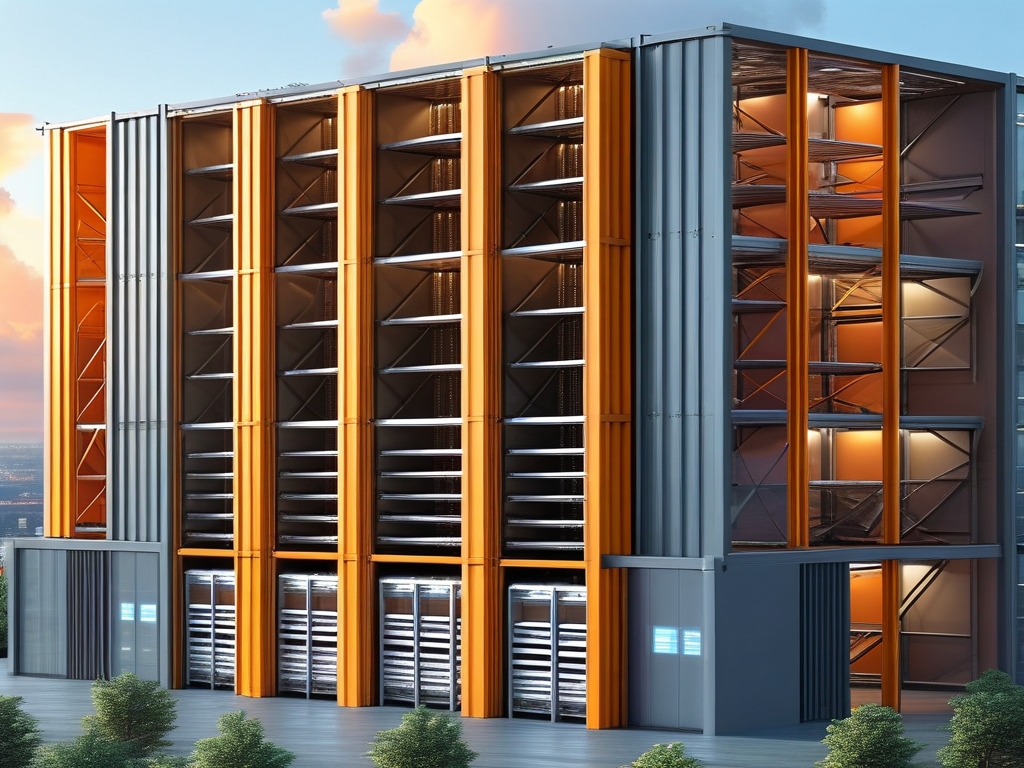In today’s data-driven world, organizations increasingly rely on hybrid cloud storage architectures to balance cost, performance, security, and scalability. A hybrid cloud storage architecture integrates on-premises infrastructure with public and private cloud resources, creating a unified system for managing data across multiple environments. This article explores the core components of hybrid cloud storage architectures, their roles, and how they work together to meet modern business needs.
1. On-Premises Infrastructure
The foundation of a hybrid cloud storage architecture often begins with on-premises infrastructure. This includes physical servers, storage arrays (e.g., NAS, SAN), and networking equipment hosted within an organization’s data center. On-premises systems provide low-latency access to critical data, ideal for applications requiring real-time processing or strict compliance with data residency laws. Enterprises retain full control over hardware, security protocols, and data governance in this environment.
2. Public Cloud Storage
Public cloud platforms like AWS S3, Azure Blob Storage, and Google Cloud Storage are integral to hybrid architectures. These services offer virtually unlimited scalability, pay-as-you-go pricing, and global accessibility. Public cloud storage is typically used for backups, disaster recovery, and hosting less sensitive workloads. By offloading non-critical data to the public cloud, organizations reduce on-premises storage costs while maintaining flexibility.
3. Private Cloud Storage
Private cloud storage combines the scalability of cloud technology with the security of dedicated infrastructure. It may be hosted on-premises or by a third-party provider and is often used for sensitive or regulated data. Private clouds enable organizations to implement custom security measures, such as encryption and access controls, while still benefiting from cloud-native features like elastic resource allocation.

4. Data Orchestration and Management Layer
A hybrid cloud storage architecture requires robust data orchestration tools to seamlessly move and manage data across environments. Solutions like Kubernetes for containerized workloads, or storage gateways (e.g., AWS Storage Gateway), act as intermediaries. They automate data tiering—moving frequently accessed “hot” data to high-performance on-premises storage and archiving “cold” data to cost-effective cloud storage. Metadata management systems also track data location, access patterns, and compliance status.
5. Networking and Connectivity
Reliable, high-speed connectivity is critical for hybrid architectures. Technologies like VPNs, dedicated leased lines (e.g., AWS Direct Connect, Azure ExpressRoute), and SD-WAN ensure secure, low-latency communication between on-premises and cloud environments. Bandwidth optimization tools, such as data compression and caching, minimize latency and reduce transfer costs for large datasets.
6. Security and Compliance Frameworks
Hybrid architectures demand a multi-layered security approach:
- Encryption: Data is encrypted at rest (e.g., AES-256) and in transit (e.g., TLS 1.3).
- Identity and Access Management (IAM): Unified IAM systems like Azure Active Directory enforce role-based access controls across environments.
- Compliance Tools: Automated auditing tools ensure adherence to regulations like GDPR or HIPAA, regardless of data location.
- Threat Detection: AI-driven monitoring systems (e.g., AWS GuardDuty) identify anomalies in real time.
7. Disaster Recovery and Backup Solutions
Hybrid cloud storage excels in disaster recovery (DR). Organizations replicate critical data from on-premises systems to the cloud, enabling rapid recovery during outages. Multi-cloud strategies further enhance resilience by distributing backups across providers. Tools like Veeam or Rubrik automate backup schedules and provide point-in-time recovery options.
8. API-Driven Integration and Automation
APIs enable seamless integration between on-premises systems and cloud services. For example, RESTful APIs allow applications to retrieve data from both local databases and cloud storage buckets without code changes. Automation platforms like Terraform or Ansible streamline resource provisioning, reducing manual errors and operational overhead.
9. Cost Management and Optimization
Cost visibility tools (e.g., AWS Cost Explorer) help organizations track spending across hybrid environments. Storage lifecycle policies automatically transition data to cheaper tiers—for instance, moving logs from premium SSD storage to glacier-class archival systems after 30 days. Predictive analytics forecast future storage needs, enabling proactive budget planning.

10. Monitoring and Analytics
Unified monitoring tools like Datadog or Splunk provide a holistic view of hybrid storage performance. They track metrics such as latency, throughput, and error rates, while AIOps platforms predict and resolve issues before they impact users. Data analytics engines (e.g., Snowflake) can process information across hybrid environments, enabling insights without centralizing data.
Strategic Benefits of Hybrid Cloud Storage
- Scalability: Burst workloads to the cloud during peak demand.
- Cost Efficiency: Balance capital expenses (CapEx) for on-premises systems with operational expenses (OpEx) for cloud services.
- Compliance: Store regulated data on-premises while leveraging the cloud for less sensitive workloads.
- Innovation: Integrate cloud-native AI/ML tools (e.g., Azure Cognitive Services) with on-premises data.
Challenges and Considerations
- Complexity: Managing multiple environments requires skilled personnel.
- Latency: Geo-distributed data may introduce delays for latency-sensitive apps.
- Vendor Lock-In: Proprietary APIs and formats can hinder multi-cloud portability.
A hybrid cloud storage architecture is not a one-size-fits-all solution but a customizable framework that evolves with organizational needs. By combining on-premises infrastructure, public/private clouds, intelligent orchestration, and robust security, businesses achieve agility without compromising control. As edge computing and 5G networks advance, hybrid architectures will further enable decentralized, real-time data processing across global ecosystems.







